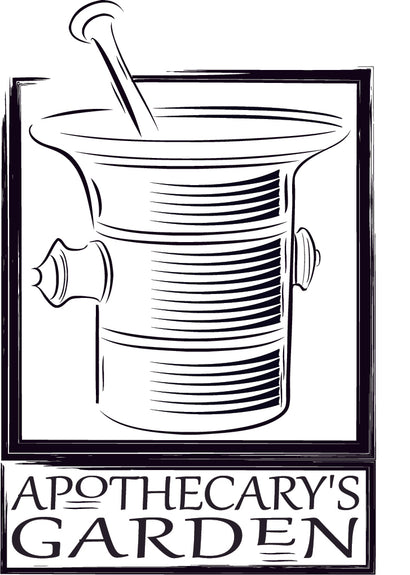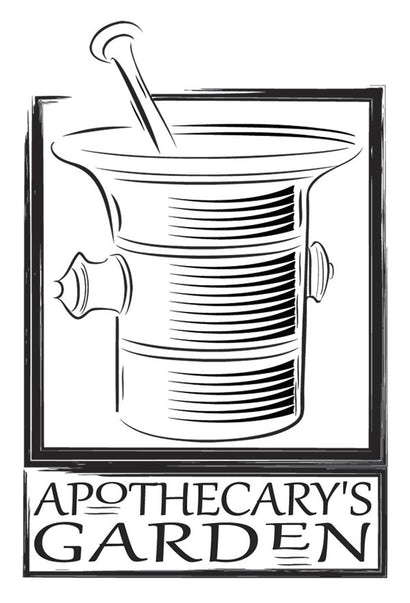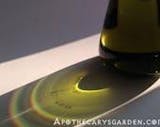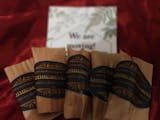


Kataf Myrrh Essential oil-RARE
Kataf Myrrh essential oil is one of those rare gems one occasionally and unexpectedly comes across.
It comes to us through the efforts of one woman who lives with and studies the trees, works with the resin collectors and happens to be a master distiller. Someone I have had the pleasure of meeting during my trips to visit the Frankincense harvesting women of Northern Kenya.
Kataf Myrrh or Commiphora kataf essential oil has a beautiful deep green colour and the sweetest of scents. Not the aroma profile one would expect from a member of the Myrrh family. (The root of the name Myrrh is "Bitter").
It reminds me of a scent that could be wafting off a freshly prepared exotic fruit dessert or beverage. It presents a fine balance between sugary sweet and citrus tart, (With just a hint of citrus zest bitterness). It is a dance of light, fruity and herbaceous facets with delicate mint and perfectly balanced camphoraceous notes that lend the whole accord substance and cohesion. It dries down to a light, powdery and minty amber over time, reminiscent of some types of Frankincense.
Kataf Myrrh essential oil may be a perfect component in Fougere and gourmand perfume blends, but really, the imagination is the limit since it has never been available for us to explore.
Not only is this a gorgeous essential oil, but it is also sustainably harvested and purchased through Fairtrade practices from the women of the Samburu tribe in Northern Kenya where the men of the tribe have control of all things monetary.
The women sometimes walk days to collect this resin before bringing it to a remote village on market day. They most often buy food and medicine for their families in the market after selling their wares.
The resin of Kataf Myrrh looks almost identical to that of Commiphora Holziana which is also collected in the same area however, the fragrance profile and the colour of the essential oil differentiate the two.
Kataf Myrrh is a little-known cousin of Myrrh, and in the past, was likely used to adulterate the expensive and sought-after Commiphora Myrrha. Since there was no market for resins that could not be tapped or harvested in commercial quantities, many of the more obscure, (and unique), Commiphora types were used to bulk up the volume of Myrrh resin and the income of rural collectors.
It is only recently that we have started identifying Commiphora trees with a focus on their aromatic resins and the fragrance profiles that distinguish them one from another.
Some, like Commiphora Confusa and Commiphora Kataf, have such distinct and unique aromas and chemical makeup that their resins can be collected segregated, and distilled separately creating completely new and unique products.
This new appreciation contributes to a broader and more reliable income for many poor, rural and pastoral collecting communities and takes some of the pressure off the mainstream Frankincense and Myrrh trees which in some cases are overharvested to meet our growing Western demand.
The resin of Kataf Myrrh is collected sustainably and without tapping. It is distilled in small batches by a woman who has spent decades working in the field with the many Commiphora/Myrrh species of East Africa which number in the hundreds. She has organized the local women gatherers to collect each aromatic species separately so they can be distilled and appreciated as distinct entities instead of being ignored or lumped with other more commercially known resins and essential oils.
Commiphora Kataf is one of the most delightful fragrant of the Commiphora resins I have yet to meet.
Dan
Materials: Commiphora Kataf, Kataf Myrrh, Sweet Myrrh, Scented Myrrh.






